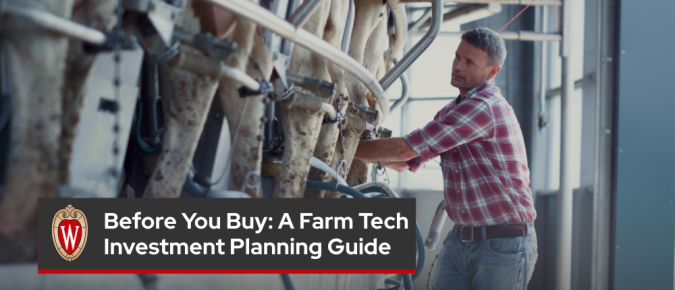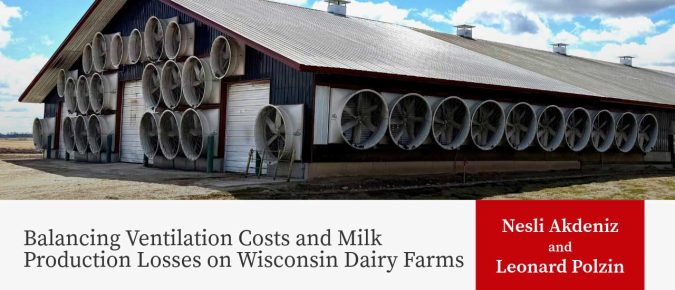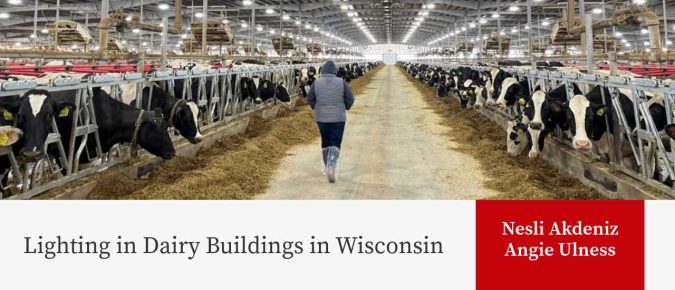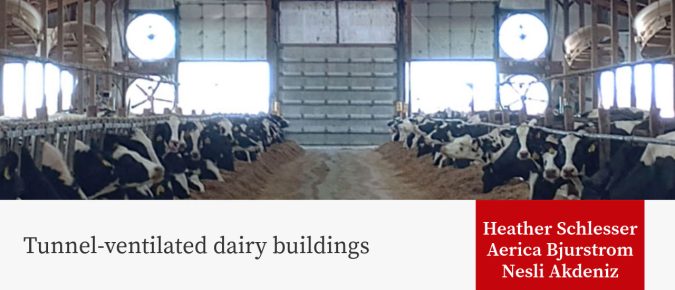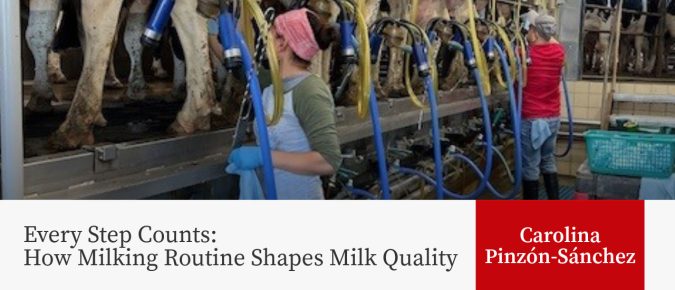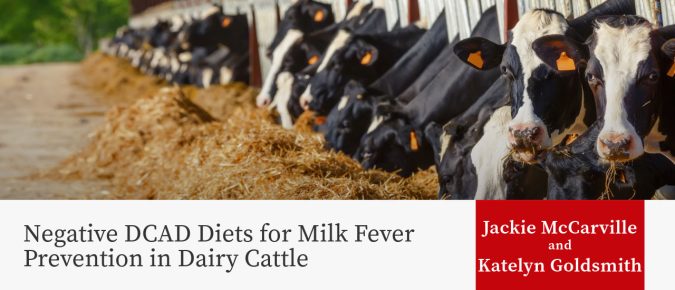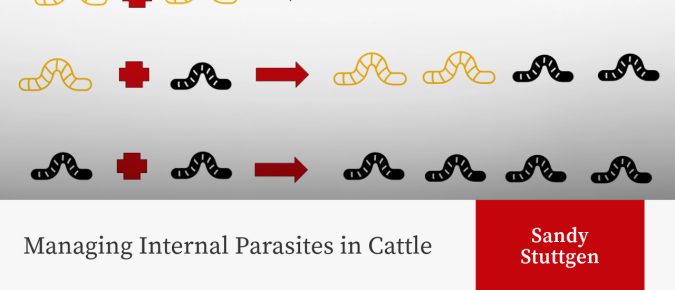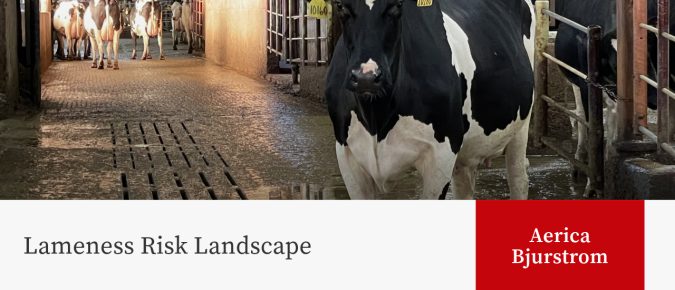Articles
Keeping Dairy Farm Workers Safe During Extreme Heat
Working on dairy farms during hot weather presents unique challenges. Heat exposure kills more people annually than floods, tornadoes, lightning, and hurricanes combined.
Improving Reproductive Management of Dairy Replacement Heifers
Webinar on dairy heifer reproduction: hormone timing, synchronization protocols, and genetic strategies to optimize fertility and farm profitability.
Before You Buy: A Farm Tech Investment Planning Guide
Automation is no longer a distant vision. Technology is being used to fill labor gaps, trim costs, increase efficiency, and boost precision. Success, though, still begins with a solid plan.
Calves Get Stressed Too: What Dairy Farmers Need to Know
Understanding stressors in calves is key for dairy farmers to keep their calves healthy and growing strong.
Balancing Ventilation Costs and Milk Production Losses on Wisconsin Dairy Farms
Effective ventilation management reduces the impacts of heat stress on milk production.
Lighting in Dairy Buildings in Wisconsin
Light plays a critical role in regulating cow behavior, milk production, and reproductive cycles.
Tunnel-ventilated dairy buildings
With thoughtful planning and maintenance, tunnel ventilation can be a valuable system for modern dairy operations.
Every Step Counts: How Milking Routine Shapes Milk Quality
Preventing mastitis is one of the most cost-effective strategies for maintaining cow health and ensuring high-quality milk production.
▶️ Watch: Asking the Right Questions Before Investing in Automation
The program shared insights into the complexities and considerations when adopting farm automation. These include the significant investment required, infrastructure changes, the necessity of technical support, and risks alongside benefits.
Negative DCAD Diets for Milk Fever Prevention in Dairy Cattle
By feeding prefresh (21 days from calving) animals a low DCAD diet, dairy producers can help prevent the occurrence of milk fever.
Managing Internal Parasites in Cattle
Deworming is beneficial for beef and dairy operations, provided it is done correctly with effective products. However, due to anthelmintic resistance, relying solely on dewormers is insufficient.
Lameness Risk Landscape
Not only does lameness affect a cow’s health and well-being, but it’s also costly to the farm’s bottom line. Lameness cases in the dairy herd impact reproduction, milk production, herd health, and longevity.



